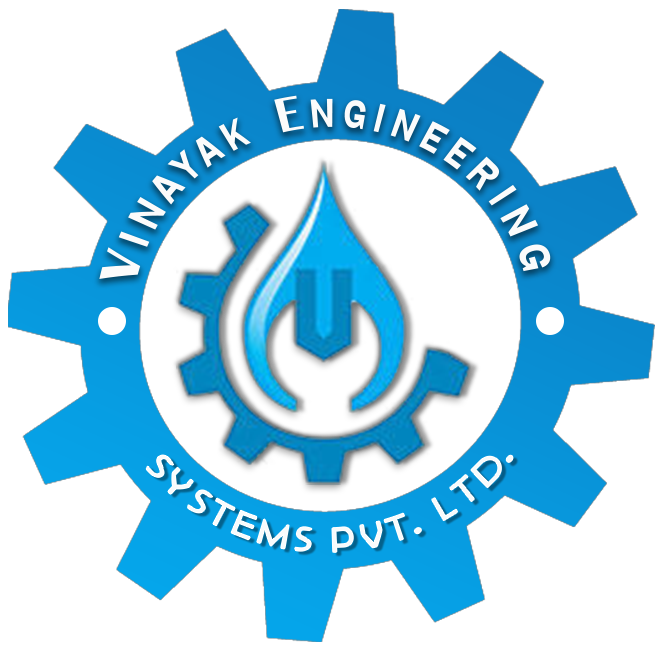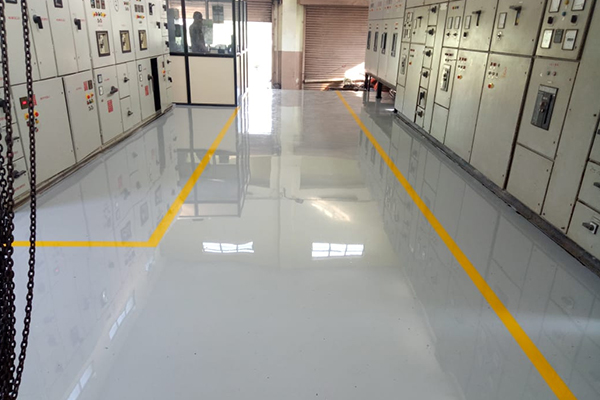Epoxy floors are a popular choice for garages, basements, warehouses, and even commercial spaces due to their durability, sleek appearance, and resistance to stains and chemicals. However, one common concern with epoxy flooring is its potential to become slippery, especially when wet. This raises the question: Is a non-skid additive necessary for your epoxy floor? The answer depends on how the space is used and your safety priorities.
Why Consider a Non-Skid Additive?
Epoxy coatings create a smooth, glossy surface that can become hazardous when exposed to water, oil, or other liquids. In areas prone to spills or moisture, such as garages, kitchens, or industrial settings, this slipperiness can pose a safety risk. Adding a non-skid additive to your epoxy mixture introduces texture to the surface, significantly improving traction and reducing the likelihood of slips and falls.
Non-skid additives are typically made from materials like silica sand, aluminum oxide, or polymer beads. These particles are mixed into the epoxy before application, creating a slightly rough surface that enhances grip without compromising the floor’s durability or aesthetic appeal.
When Is It Necessary?
If your epoxy floor will be installed in a high-traffic area or a space where liquids are frequently present, a non-skid additive is highly recommended. For example, in a garage where oil or water spills are common, or in a commercial kitchen where grease and water are constant hazards, the added safety benefit is invaluable. Similarly, outdoor epoxy surfaces, such as patios or pool decks, should always include a non-skid additive to prevent accidents.
Balancing Safety and Aesthetics
Some homeowners worry that a non-skid additive will detract from the smooth, glossy finish of epoxy. However, modern additives are designed to provide traction while maintaining the floor’s visual appeal. You can choose the level of texture based on your needs, ensuring both safety and style.
In conclusion, while a non-skid additive isn’t mandatory for every epoxy floor, it’s a smart investment for spaces where safety is a concern. By adding this sim

